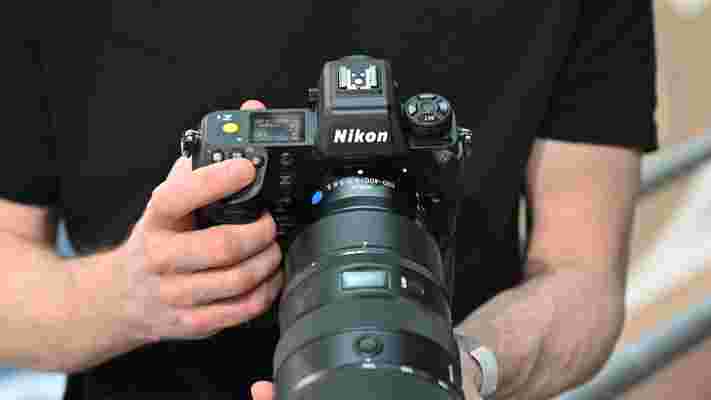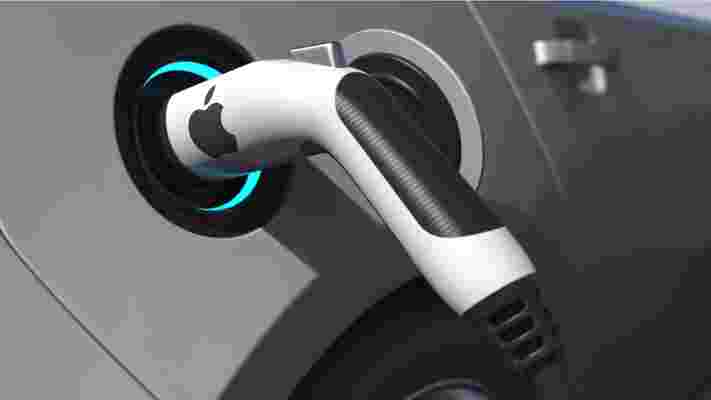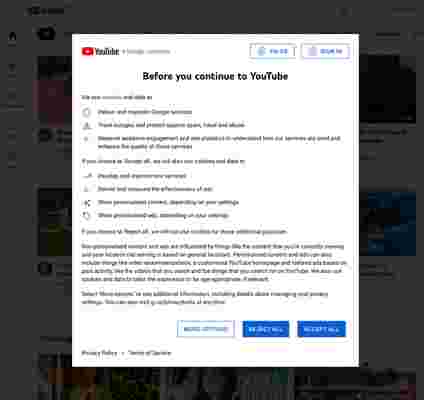When I reviewed the Nikon Z9 , the camera giant's new flagship camera, I was majorly impressed with its performance across the board. From its AF speed and accuracy, to its power under the hood for high-speed sequences and electronic-only shutter, it fully deserved its five-star rating. But one thing I didn't do was take it for a spin in the challenging confines of a velodrome.
Luckily, that opportunity recently came up, and it was one I couldn't turn down. Not just because I'd get to shoot with the Z9 again – a camera Nikon believes is its most powerful yet – but also because I'd get to see how its autofocus handled cyclists burning around London's Olympic Velodrome, plus break-dancers and BMX tricksters, too.

Shooting speeding objects in an indoor environment is a test for any camera, even the Nikon Z9, and while I was there I chatted to Neil Freeman, a technical guru from the Nikon School, to get some tips on getting the most out of the new flagship. So how intelligent is the latest cutting-edge autofocus on pro cameras? And has the Z9's AF sped past its flagship rivals?
As good as the latest autofocus systems are, it still takes time and practice to really get the most out of cameras like the Nikon Z9. As I discovered, they don't yet handle all of the decision-making for you – but they're certainly moving quickly ahead of their DSLR predecessors.
Autofocus unpacked
I've already tested the Nikon Z9 in action scenarios, covering football matches, runners and wildlife. But the velodrome presents a whole other challenge, with very fast moving helmet-clad subjects, in an indoor environment with dimmer light. To freeze the action and get sharp shots on your desired subject, where do you begin with AF?
Throughout the afternoon in the velodrome, I experienced several focus drops from our subject. So what gives? Camera can't cut it in low light, or user error? Well, the Z9 has a host of AF modes and it really pays to use the right ones. That might sound like common sense, but how do you know which is the right one?
Neil Freeman had been at it with the camera before our arrival. "I wouldn't use 3D AF tracking in here. It's not as effective as area tracking AF when there are similar colors in the scene. It's better when the subject stands out from its surroundings." Indeed, the yellow jersey clad cyclists and the yellow Z9 branding in the background did trick 3D subject-tracking on occasion.
I then got to grips with the area tracking AF mode and opted for the wide area coverage, which comes in landscape format only. It didn't seem to fit quite so well with our vertically positioned cyclists. Neil revealed that the ability to change AF area orientation has been made as a suggested improvement to the Nikon Z9 via a future firmware update.
Still, with the subject locked in this area, tracking was like glue. AF subject priority offers the options of auto or manual between people, animals and vehicles. Auto is super convenient rather than having to select the subject manually, but surely it’s less effective? Well, in this scenario, not so. I tried both for the cyclists and found no discernible difference between auto detection and manual.
The end of DSLRs?
What is really impressive is how sticky subject tracking is, once a subject has been acquired, to anywhere in the frame.
In the scenario of four cyclists packed tightly together in formation, area tracking AF stuck to our lead rider all the way to the edges of the frame, even though cyclist number two took his original place in the frame. Intelligent stuff.
One reason that subject tracking is so comprehensive is that the Z9 has around 500 AF points that cover virtually the entire frame. It's an advantage over its DSLR counterpart the Nikon D6 , which has a much narrower coverage. So is this mirrorless tech now all-round better than its DSLR forebear? Neil seems to think so, citing that it’s more intelligent in every way.
"For me, the only area that the D6 beats the Z9 is its image quality, specifically its handle on noise in low light", says Neil. Indeed, we were in a low light environment where we consistently needed to push the ISO up in the region of ISO 6400 (and beyond) in order to select a fast shutter speed to keep our subjects sharp. Image quality is still crisp, but perhaps for those that regularly shoot in low light, it's not so clear which camera would be best.
The road ahead
I still don't feel like I'm quite getting the most out of the Z9 yet and haven't tested it with the fastest lenses and critical depth of field. In this case, the entire heads of cyclists in glasses and helmets were in focus, but would there be critical sharpness on the eyes with other lenses? That's for another day, but I have every confidence that the camera can deliver across the board.
Perhaps the bigger question is 'how smart is the latest mirrorless autofocus tech'? For the Z9 to be its most effective for sharp action shots, there is a degree of combined intelligence at play, between the user and camera. The Z9 has proved to me that it's certainly intelligent, sticky and reliable even with auto subject priority, which takes the legwork out of manual subject selection.
However, it sometimes needs to be in the 'correct' AF mode and there's still an element of guesswork as to which AF mode to select in the first place. To minimize those instances of focus drops, which do happen, I feel like you need to invest the time to experiment in any given scenario.
Pros use their kit extensively and get to know their cameras well, but one day there will be no guesswork at play. In the future, there'll be a single AF mode that does it all – scan for subjects and surroundings, and selects the best mode automatically. We're not quite there yet, but cameras like the Nikon Z9 are definitely moving quickly on the right track.
Sorry, Apple Car hopefuls – Xiaomi's on track to win the electric car race
Chinese mobile giant Xiaomi has reaffirmed its commitment to bringing an electric car to market as soon as 2024.
The company announced its move into automotive manufacturing in 2021, but eyebrows were raised at the mere three-year window internally assigned to complete the so-called Xiaomi Car project.
In 2022, though, Xiaomi claims its projected 2024 release date remains accurate, adding that it currently has more than 1,000 people working on the swift development of the electric vehicle (EV).
As GizChina reports, Xiaomi is also on track to present a prototype model of its car in the third quarter of 2022 – meaning we could see it in the flesh as early as July – after the CEO of the company's Beijing branch revealed there had been a "breakthrough" in its development.
Naturally, no concrete details about the Xiaomi Car are public knowledge at this stage. Per GizChina, the company has alluded to pricing the vehicle between 100,000 and 300,000 Chinese yuan (around $16,000 to $47,000), and hinted that it could be an SUV – but neither feature should be taken as gospel prior to official confirmation.
Xiaomi isn't the only tech firm weighing into the automotive space, though its ambitious 2024 target could mean the Xiaomi Car is the first of its kind to hit the road.
Consider the Apple Car project (codenamed Project Titan), which seemingly lies dormant as it undergoes a regime change. Apple insiders recently revealed that the company has set an internal release target of 2025 for its coveted vehicular debut, but a revolving door of employees working on its development appears to be hampering progress.
Former Apple Car software engineering manager Joe Bass, for instance, was poached by Silicon Valley rival Meta at the turn of the year, while Apple has since hired ex-Tesla executive Christopher Moore to make headway on the potentially autonomous EV.

In any case, Apple's internal 2025 release target remains ambitious, and seasoned Apple analyst Ming-Chi Kuo has claimed that a 2028 (or later) launch is more likely, given the ongoing impasse in partnership negotiations (which you can read more about here ).
We know that Sony, too, is developing its own EV. The gaming behemoth lifted the lid on the smart-looking Vision-S 01 sedan at CES 2021 , followed 12 months later by the Vision-S 02 SUV . It's even got Honda on board to build its EVs – but again, the first consumer vehicle isn't expected until 2025.
It's highly likely, then, that Xiaomi's electric car could be the first successful four-wheeled project from a tech brand-turned-car maker, especially given the company's continued faith in its 2024 arrival.
An unfair comparison
Of course, the type of cars being developed by Xiaomi, Sony and Apple differ dramatically, and so praising the former for its speedier rate of development is a touch unfair.
Judging by what we know so far, the Xiaomi Car will hit the market as a relatively affordable, battery-powered vehicle, of the sort we've seen in China for some time. The novelty, of course, will be that it comes from Xiaomi – but it doesn't look likely to rock the boat from an industry standpoint.
The Apple Car, however, is a different beast entirely. Sure, like the Xiaomi Car, it's set to be electric, but going by reports we've heard over the past year, Apple is also hoping its vehicular debut is fully autonomous .
That means, by necessity, development on its Apple Car is running at a slower pace than Xiaomi's equivalent, since the two mobile giants are offering two very different on-road products (we don't even know if the Apple Car will have four wheels...).
Still, Xiaomi's ambitions for a 2024 release have us optimistic that mobile companies can become car-makers, after all.
Google rolls out less confusing cookie pop-ups after EU intervention
Anyone who regularly browses the web in Europe will have clicked through thousands of cookie consent windows.
Traditionally, Google and others have made it difficult to opt-out of cookie-based tracking, by obscuring the option to reject cookies behind multiple layers of windows and toggles.
After a slap on the wrist from regulators, however, Google is now adding a "reject all" button to its cookie consent pop-ups, starting in France.

"In the past year, regulators who interpret European laws requiring these banners, including data protection authorities in France, Germany, Ireland, Italy, Spain and the UK, have updated their guidance for compliance," said Google.
"We’re committed to meeting the standards of that updated guidance and have been working with a number of these authorities."
New Google cookie pop-ups
Google describes the changes as a "full redesign" and not "just a new button" and it's easy to see why: a lot has changed about how Google deals with tracking consent.
The company said it spent considerable time reworking its approach to cookies for the new pop-up, because of complexities that might not be apparent to the average web user.
"This update meant we needed to re-engineer the way cookies work on Google sites, and to make deep, coordinated changes to critical Google infrastructure," the company explained.
"Moreover, we knew that these changes would impact not only Search and YouTube, but also the sites and content creators who use them to help grow their businesses and make a living."